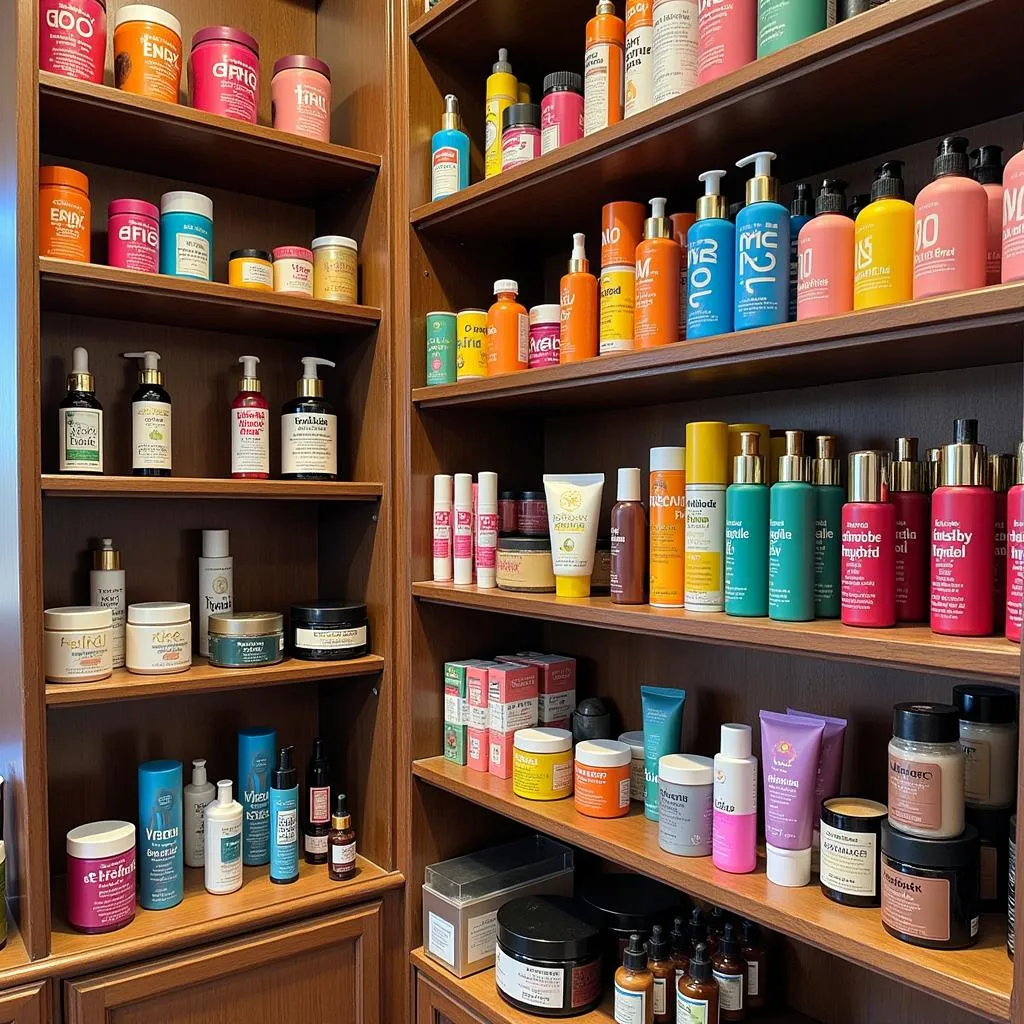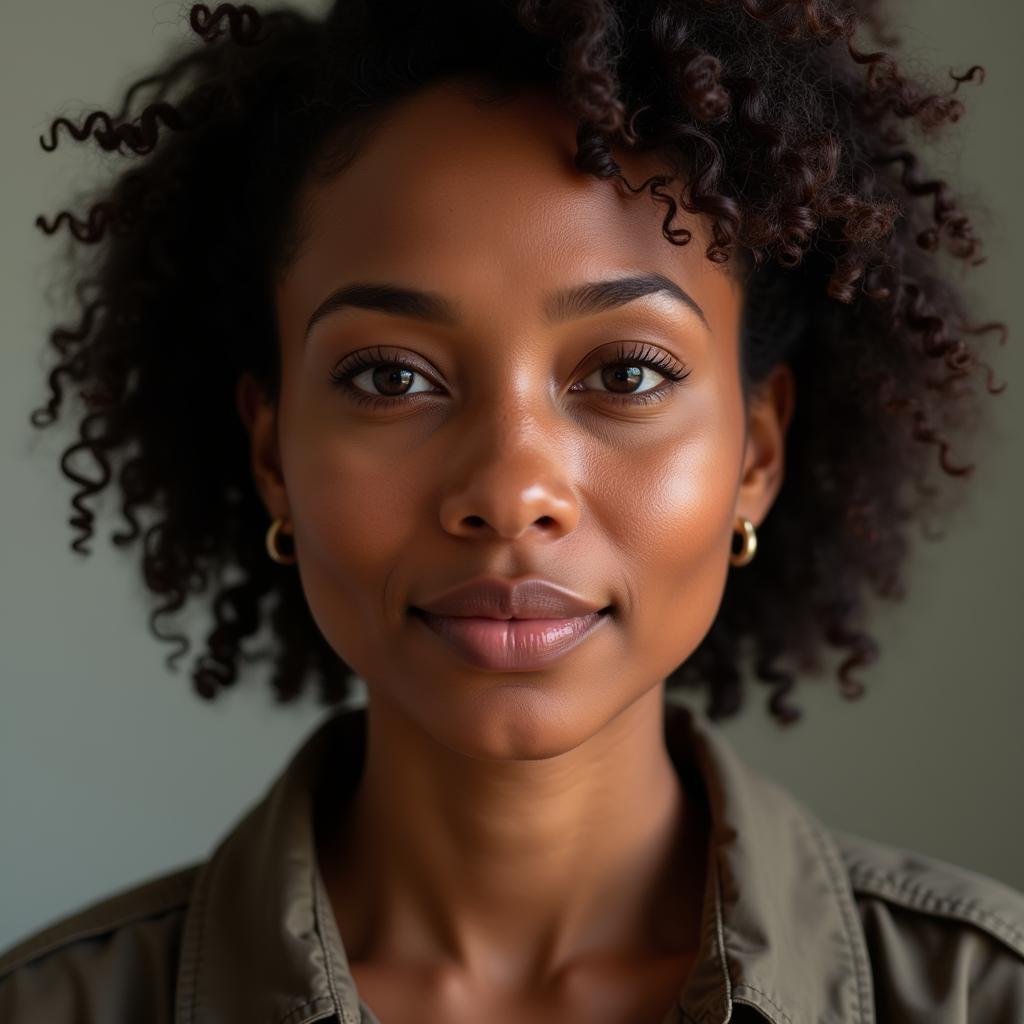African Head Wrapping for Hair: A Celebration of Culture and Style
African head wrapping, a vibrant and versatile tradition, has been practiced for centuries across the continent. From intricate patterns to bold colors, head wraps are not merely a fashion statement; they represent a profound connection to history, spirituality, and identity. Whether you’re looking for protective styles, a touch of elegance, or a way to embrace your heritage, African head wrapping offers a unique and expressive form of adornment.
The History and Significance of African Head Wrapping
Head wrapping in Africa has a rich history dating back centuries. It served various purposes, including signifying marital status, social standing, and even religious affiliation. Different regions and tribes developed their unique styles and techniques, each with its own symbolic meaning. For example, in some cultures, the height and intricacy of the wrap indicated a woman’s status within the community. In others, specific colors and patterns were reserved for ceremonies and rituals. Beyond their social implications, head wraps also served practical purposes, protecting hair from the elements and maintaining its health.
Different fabrics, from simple cotton to luxurious silk and brocade, have been used for head wrapping, reflecting both practicality and aesthetic sensibilities. Indigo dyed cloth, for instance, held special significance in several West African cultures. This practice highlights the resourcefulness and creativity inherent in the tradition of African head wrapping, showcasing how everyday materials can be transformed into stunning expressions of cultural pride.
Different Styles and Techniques of African Head Wrapping for Hair
The diversity of African head wrapping styles is truly remarkable. From the regal Gele of Nigeria to the elegant Turban of East Africa, each style tells a story. The Gele, often made with elaborate starched fabrics, is a symbol of celebration and festivity, while the Turban, frequently draped with flowing fabrics, exudes a sense of grace and sophistication. There are also more everyday styles, using simpler techniques and fabrics, suitable for protecting hair during daily activities. This variety allows individuals to express their creativity and personal style while honoring their heritage.
Learning to wrap can seem daunting initially, but with practice, it becomes an enjoyable and empowering experience. Numerous online resources and tutorials offer step-by-step instructions for achieving various styles. Experimenting with different fabrics, knots, and embellishments allows you to discover your unique style and embrace the versatility of African head wrapping. From simple folds to complex arrangements, the possibilities are endless.
Head Wrapping for Hair Protection and Growth
Beyond its cultural and aesthetic value, African head wrapping offers significant benefits for hair health. It protects hair from harsh weather conditions, minimizes breakage, and helps retain moisture. This is particularly beneficial for natural hair, which is often prone to dryness and damage. By creating a protective barrier, head wraps help maintain the hair’s strength and elasticity, promoting healthy growth. Many women use head wraps as a key element of their hair care routine, embracing its protective qualities while showcasing their style.
Different fabrics offer varying levels of protection and comfort. Cotton and linen are breathable and ideal for warmer climates, while silk and satin minimize friction and help prevent breakage. Choosing the right fabric for your hair type and the weather conditions ensures optimal protection and comfort. Moreover, head wraps can be used to secure protective hairstyles, such as braids and twists, further minimizing manipulation and promoting hair growth.
Modern Interpretations and Trends in African Head Wrapping
While rooted in tradition, African head wrapping has evolved to embrace contemporary trends. Modern interpretations incorporate vibrant colors, prints, and embellishments, giving the practice a fresh and dynamic appeal. Fashion designers are increasingly incorporating head wraps into their collections, showcasing their versatility on runways and in magazines. This renewed interest has led to a resurgence in popularity, with people of all backgrounds embracing head wraps as a fashionable and expressive accessory.
Celebrities and influencers have also played a role in popularizing head wraps, showcasing their versatility and elegance on social media platforms. This has helped to bring the practice into the mainstream, inspiring a new generation to explore the beauty and cultural significance of African head wrapping. From everyday styles to red-carpet looks, head wraps have become a powerful symbol of cultural pride and individual expression.
Conclusion: Embracing the Art of African Head Wrapping for Hair
African head wrapping is more than just a fashion statement; it is a celebration of culture, identity, and heritage. Whether you are looking to protect your hair, add a touch of elegance to your style, or connect with your roots, African head wrapping offers a powerful and versatile means of self-expression. From the intricate Gele to the simple Turban, the art of African head wrapping continues to evolve, inspiring creativity and empowering individuals to embrace their unique beauty.
FAQ
- What type of fabric is best for head wrapping? Cotton, linen, silk, and satin are popular choices, each offering different benefits for hair protection and comfort.
- Where can I learn how to tie different head wrap styles? Numerous online tutorials and videos offer step-by-step instructions for various techniques.
- Is head wrapping suitable for all hair types? Yes, head wrapping is beneficial for all hair types, especially for protecting natural hair.
- Can I wear a head wrap to formal occasions? Absolutely! Head wraps can be styled elegantly for weddings, galas, and other special events.
- Where can I buy head wraps? Head wraps are available from various online retailers, African marketplaces, and fabric stores.
- How do I choose the right head wrap size? The size depends on the style you want to achieve and the thickness of your hair. Experimenting with different sizes will help you find your perfect fit.
- How do I care for my head wraps? Hand washing is recommended for most fabrics to maintain their color and quality.
Need more help? Check out these other helpful articles on our site: “A Guide to Choosing the Right Head Wrap Fabric” and “10 Easy Head Wrap Styles for Beginners.”
When you need assistance, please contact us at Phone Number: +255768904061, Email: [email protected] Or visit our address: Mbarali DC Mawindi, Kangaga, Tanzania. We have a 24/7 customer service team.

